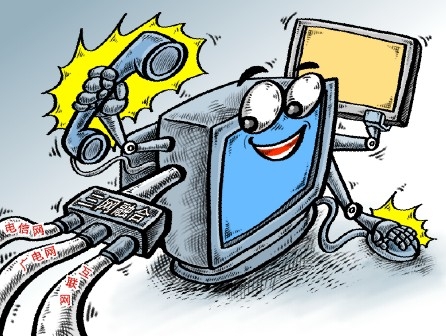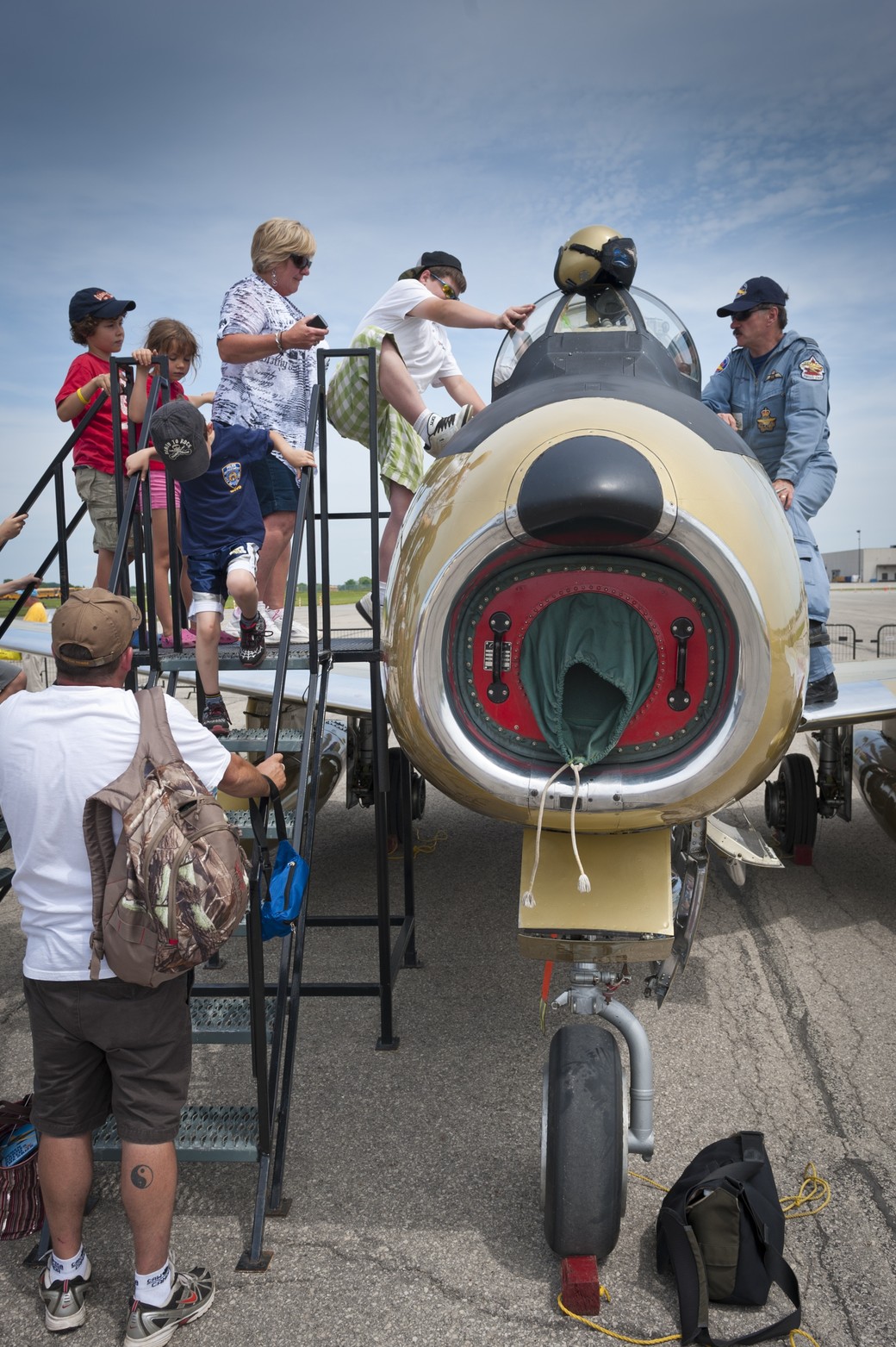
Virtual Unreality Product of Mixed Media Marriage
By Martti Lahtinen
News junkies will remember Global TV anchor Peter Trueman signing off with the op-ed tag on his nightly report: “That is not news, but that, too, is reality.”
Television didn’t send a mixed message in the 1970s and ’80s; the straight end-piece was dispensed without visual aids, just the anchor reading a teleprompted script.
Fast forward to the present. Perhaps this radio aficionado betrays his age, but the pairing of radio and television today discombobulates. It’s virtual unreality.
It’s totally disconcerting to dial in CFRA radio broadcasts of the nightly CJOH TV news, for example. Listeners cannot but be thrown off by hearing the weather expert J.J. Clarke decipher pressure systems and cloud formations displayed on a satellite picture for viewers. Radio tunes out point-embellishing graphics and directional visuals. Sports fans are left hanging when they’re unable to view clips of highlight-reel goals or game-winning shots.
A survey of random TV newscasts shows that most fresh information is found in the words, but it’s the video that carries the impact. While neuroscience tells us about the brain’s capacity to “see” (and foresee) the action in written and spoken words, arguably memory stores the pictures more effectively.
The discombobulating effect is not new. It began as a joke, a creative scene-setter. It’s overly used now but radio commentators cueing in hockey games – describing a given team “skating from left to right on your radio dial” before puck drop – still scores chuckles. There’s no attendant figure to tally the listeners “imagining” a team defending the goal to the right of the car’s steering wheel within the confines of the moveable arena.
Meanwhile, if that radio intro never failed to dial in the collective audience mind game, it wouldn’t be a stretch to think that imagination would trump reality partnering with other media. For example, what’s to stop radio from broadcasting movies?
Take a favourite flic: Casablanca. Cinema historians award it five stars for writing, scoring, acting, and intensely passionate close-ups that the 70-year-old classic has burned into our entertainment archives.
There’s no need here to rehash the plot; most people have seen the movie and for those who haven’t, there’s Wikipedia to highlight the poignant memorable scenes.
Let’s recall the best. No, it’s not “Here’s looking at you, kid”, voted No. 1 in The 100 Greatest Movie Lines by Premiere. It’s not Humphrey Bogart portraying Rick, demanding his cafe pianist to “play it, Sam,” a hurtin’ tune requested by Ilsa (played by Ingrid Bergman). It’s Rick telling Police Capt. Renault (played by Claude Rains) at movie’s end, “Louis, I think this is the beginning of a beautiful friendship.”
That line, more than anything, fits the media union of radio with a sensual significant other. Discombobulation aside, that’s what our mindset split-screen sees when we head out to hear a good movie.
And not to worry. As time goes by, radio will introduce subtitles so that radio-goers might enjoy hearing foreign-language films where lip-synching has no chance. And as the screen fades, we might remember this: Bergman and Bogart had great faces for radio, didn’t they?
Martti Lahtinen is editor of The Low Down to Hull and Back News, a Wakefield, Quebec-based weekly.












